Buenos dias everyone! I recently found this article gathering dust in the vault, and decided to clean it up and share it with you all.
When we started talking about going to Japan last year, it was originally intended to be a trip with friends to see the wisteria tunnels in Fukuoka. That plan eventually fell apart, partially due to the short duration of our own time in Japan, but then my friend E from demflyers pointed out that you can get a similar experience just a couple of hours outside Tokyo at Ashikaga Flower Park.
We were originally going to just go to the park on our own via train, but then E discovered a day trip on Japanican.com that included a trip to Ashikaga as well as a visit to Hitachi Seaside Park and a half hour of all-you-can-eat strawberry picking. She went on her tour the day before we arrived in Japan and said it was worth it, so after arriving at my hotel, I went ahead and booked a spot for the next day – the last day the trip was available.
Booking Process
Booking the tour on the Japanican website was very straightforward – I just picked my date from the calendar, selected the number of passengers, and used the Guest Checkout feature to pay with a credit card. In addition to my email and billing address, Japanican also asked for a phone number in Japan and where I would be staying the night before – though I’m not sure why, since my email confirmation specified that they would not call if we failed to show up on time for departure. I used my Barclay Arrival+ to pay the tour cost of ¥9980 per person ($88 USD), and then redeemed my Arrival+ points towards the purchase. I think the price might have been a bit lower if we’d booked further in advance.
Meeting and Departure
Our confirmation asked us to arrive by 8:20am for an 8:30 departure time. Our meeting point was at a JTB (Japan Tourist Bureau) / Sunshine Tours office inside the Keio Plaza hotel, so we left our hotel at 7:45 and walked to Roppongi station, then took the Tokyo Subway Oedo Line to Tochomae station, which is right next to Exit B1 at Tochomae. (The B1/B2 exits are a subset of Exit A1, so I was initially confused because I didn’t start seeing signs for B exits until we got out of the fare gates).
Once we arrived, it was easy to spot the tour office and the group of tourists milling about. A tour guide came up to us and asked which group we were with (there was another trip to Mt. Fuji leaving at the same time). They handed us a ticket with a bus number and seat assignments, and a sticker for each of us to wear that identified us as part of the tour group. We were advised that there would be no toilet on the bus and advised to use the facilities before we left, but not told where to find a bathroom – I spent about five minutes wandering around the hotel lobby before giving up. A few minutes after 8:30, our tour guide collected a handful of people and took us out to the bus loading area.
The Bus
There were about 20 people on the bus when we boarded. Our group was 30 total and the bus had 49 seats, so once everyone was on board the guide told us that we could move around if we wanted more space. The bus itself was a pretty basic tour bus, with reading lights, air vents, and small overhead storage racks. As promised, there was no bathroom, and there was no Wifi on the bus. The tour guide introduced herself as “Snow, like Snow White” and the driver, and told us that if we forgot the driver’s name, we could call him “Drivah-san.”
Stop 1: Joban Expressway Nexco Service Area
About an hour into our journey, we took a fifteen minute break at a rest area off the expressway. There was a food court, convenience store, bakery, several outdoor snack options, restrooms, and a Starbucks. I used the bathroom and picked up a couple of drinks and some snacks at the bakery before returning to the bus.
Stop 2: Hitachi Seaside Park
Hitachi Seaside Park is a huge public park that, as its name suggests, is right on the Pacific Ocean. We stopped there for two hours, which gave us enough time to see about half the park without stopping to eat. The park has a variety of flower sections, the contents of which vary depending on the season – when we visited, nemophilia was the main attraction (“about 4.5 million” plants), with a solid presence of poppies (440,000), tulips (250,000), and rape blossoms (50,000).
There is a “train” (a truck with wagons that is dressed up like a train and broadcasts recorded steam engine noises) that runs a loop around the park. Tickets are ¥500 which gives you on-off privileges for the day. It takes 35 minutes to do a full loop of the park.
The park also has extremely reasonable bike rentals – E highly recommends this, but since neither Yagrel nor I have strong biking skills, we skipped it this time. A three hour rental costs ¥400 for a standard bike and ¥600 for an electric one.
Stop 3: Strawberry Picking at Itigo No Sago Farm
It took about 40 minutes to get to our third stop, a strawberry farm where we had 30 minutes to pick and eat all the strawberries we wanted. This was a lot of fun! The strawberries were very high quality – much softer and sweeter than what I’m used to. The variety available in mid-May is known as “Sky Berry.”
One of the staff came around to each of us and gave us a strawberry picking tutorial – grab the strawberry in your hand with your palm facing downwards and the stem between your index and middle fingers, then quickly pull down while rotating your hand forward. (It sounds way more complicated than it actually is). The strawberry pops right off the stem.
It was pretty warm out, which meant the greenhouse was even warmer, so we moved on after about 20 minutes. The farm also had a cafe and a gift shop with a wide variety of strawberry products including jams, vinegar, liquor, sake, milk, yogurt drinks, and cakes. Many of the products were made on site. They also offered wrapped strawberries for sale, starting at ¥1080 for 9 berries – we definitely ate more than that! (We saw similarly sized package at our fourth stop for ¥500).
The same farm offers two other strawberry varieties at other times of year, as well as cherry, grape, peach, and blueberry picking. If you go on your own, I believe reservations are required through their website.
Stop 4: Ashikaga Flower Park
After another 40 minute drive, we arrived at Ashikaga Flower Park around 4:00 and quickly entered through their dedicated tour group entrance. The park is pretty compact, but manages to show off a wide variety of plants in several different environments, including 11 different wisteria and golden chain installations (5 of which are designated “natural monuments” by Tochigi Prefecture), a rose garden, floating flower beds featuring Mayan-style pyramids of flowers, and various other seasonal blooms.
We did a full lap of the park in about 40 minutes and then finally sat down for some dipping soba noodles and ramen – both of which were okay, but not great. Typical tourist food. Our total meal cost was ¥1580. After this late lunch, we wandered through the gift shop before boarding the bus.
Returning to Tokyo
We boarded the bus at 5:10 and departed around 5:20. The tour guide said with Friday traffic it was likely to take between 1.5-2 hours to get back into Tokyo. We were given the choice of disembarking at Shinjuku or Ginza stations – everyone on the bus chose Shinjuku.
Verdict
This was a great day trip from Tokyo. Although we spent a lot of time in transit, it was worth the time and was undoubtedly more comfortable than public transit. I don’t think we could have visited all three places on our own in one day, and even if we could it would’ve been a lengthy and expensive endeavor – according to Ashikaga’s website, trains from central Tokyo take about 2 hours and cost about ¥2000 each way, so that plus the park admission (another ¥1400) would have been a sizeable chunk of what we paid for the whole day trip. Add in the retail price of the other two stops (¥1500 for the strawberry farm and ¥500 for Hitachi) and whatever independent transportation would cost between the three sites, and it’s clear that doing this as a tour is an excellent value.
For us, we probably wouldn’t have made it to Hitachi and Itigo no Sago on our own, so I’m really glad we booked a tour. It was a totally different experience from anything else we’ve done in Japan, and was a great way to spend a day outside of Tokyo.
Have you ever done a tour like this? Did this pique your interest for a future trip to Japan? I’d love to hear your thoughts in the comments.


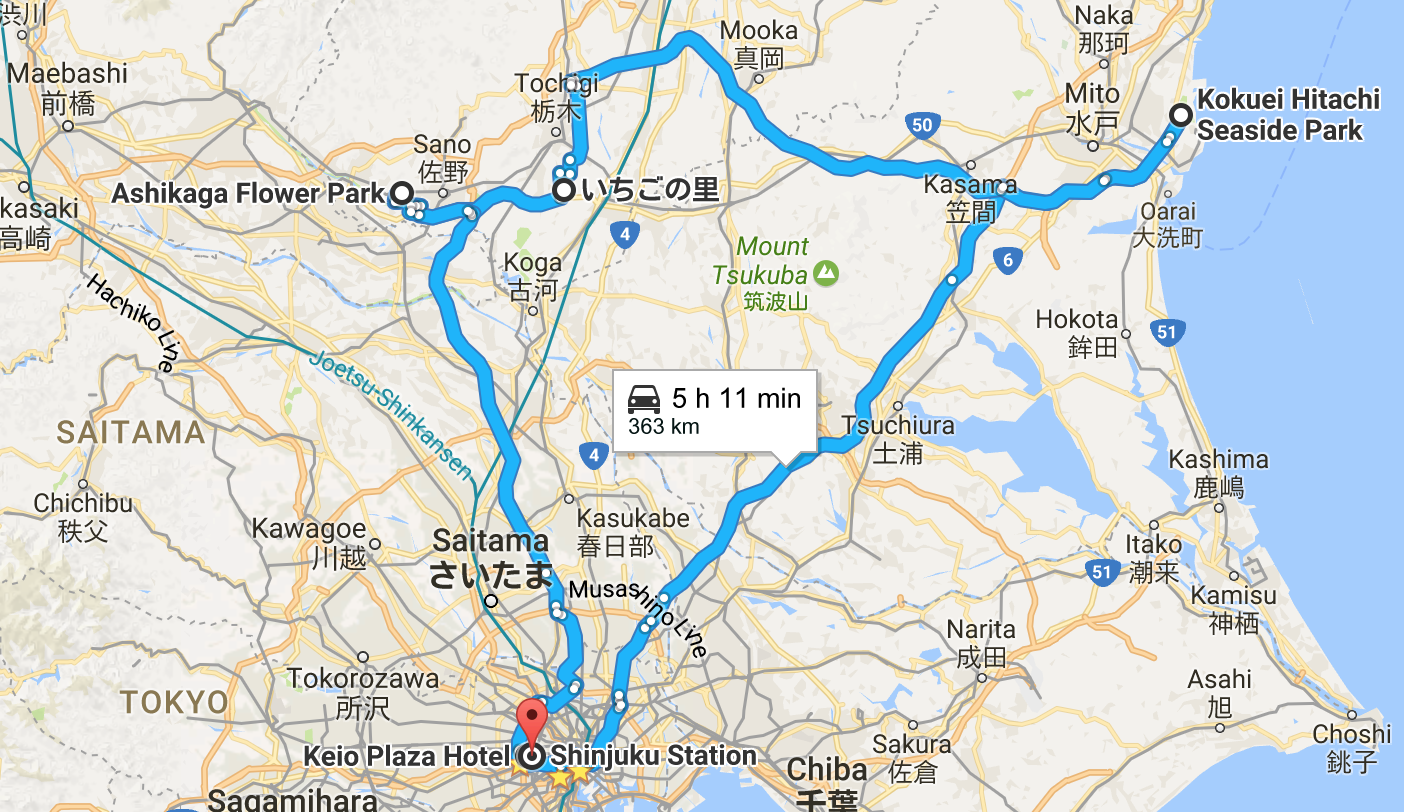
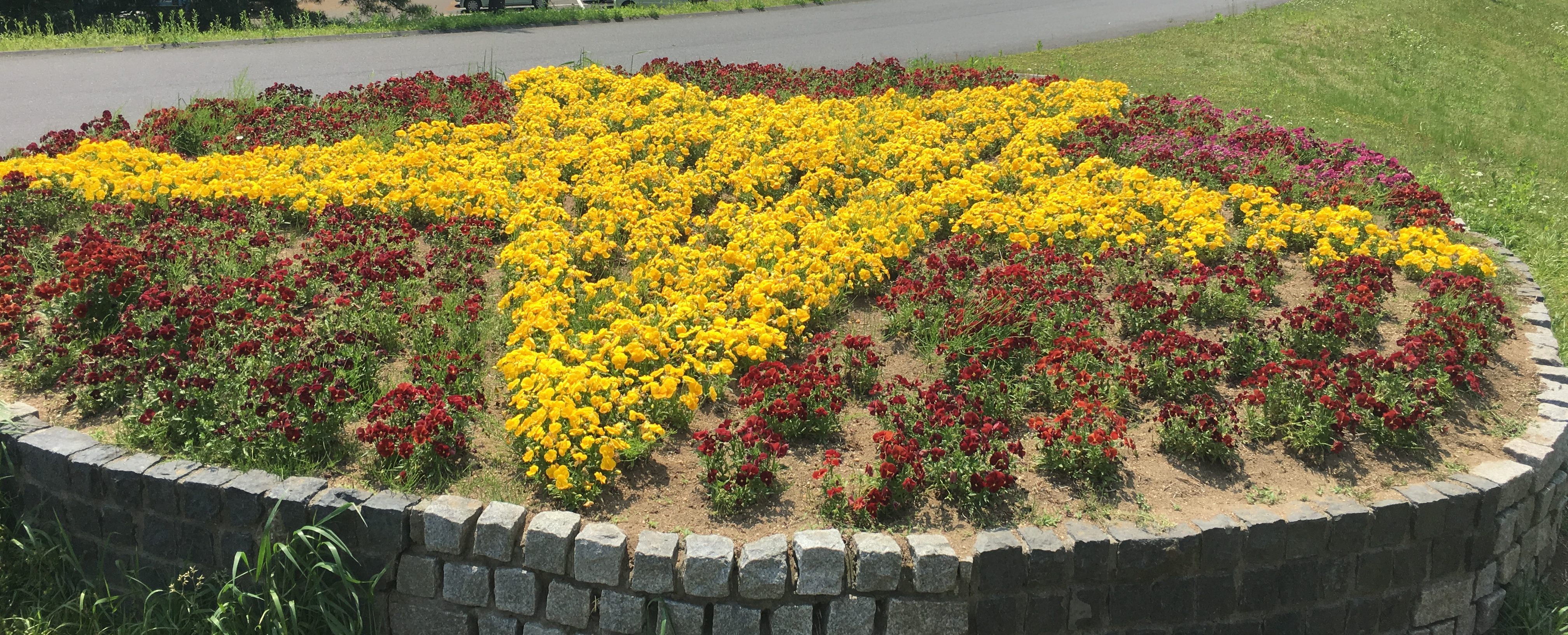
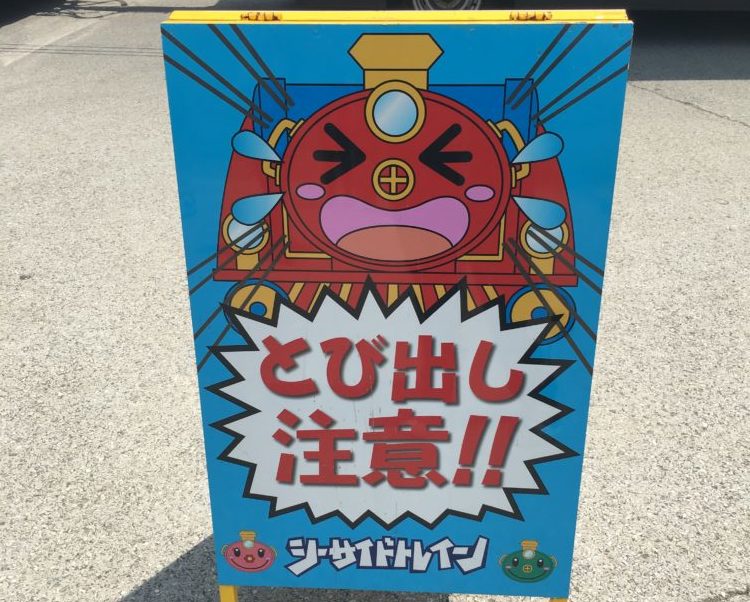
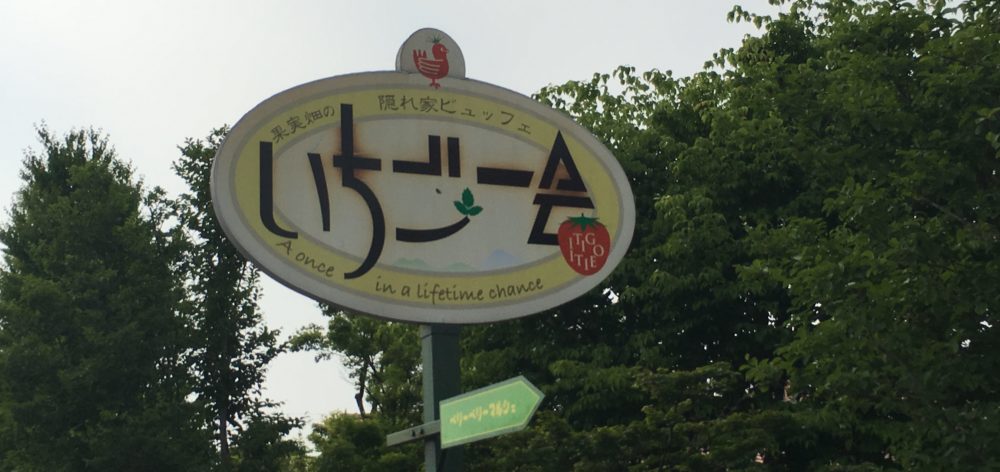
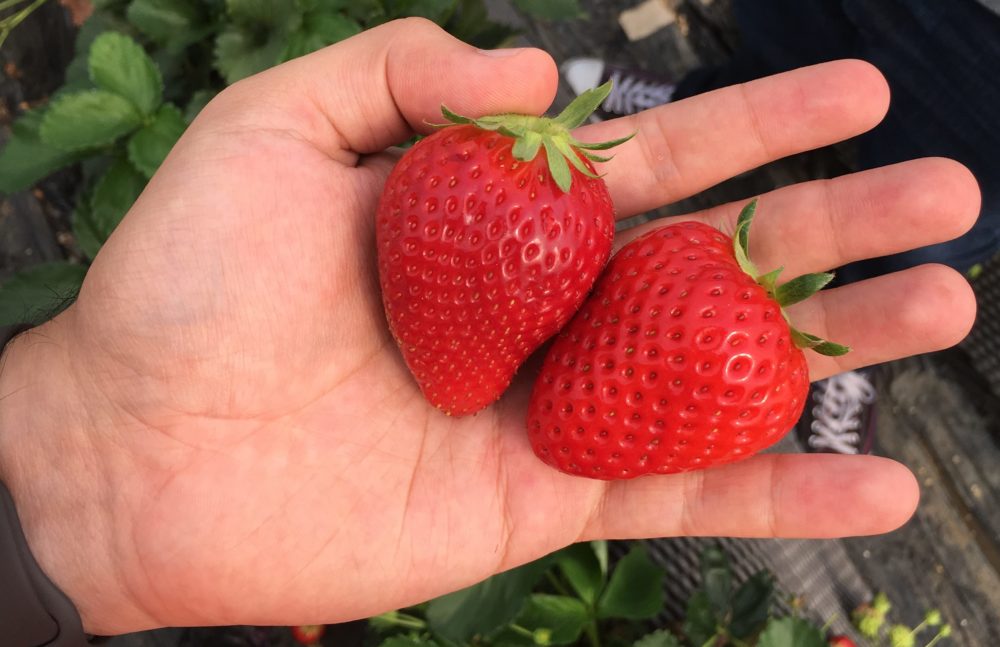
I was there in December :) tho I drove. You can rent an electric bike and ride around the park yourself. lastly I stayed in mito over night and that was very interesting. Oh and if you drive there is a costco near the park.
What an awesome day trip. We’re planning a trip to Japan next year and I think we’ll book this tour! Thanks for the review and providing such a level of detail.